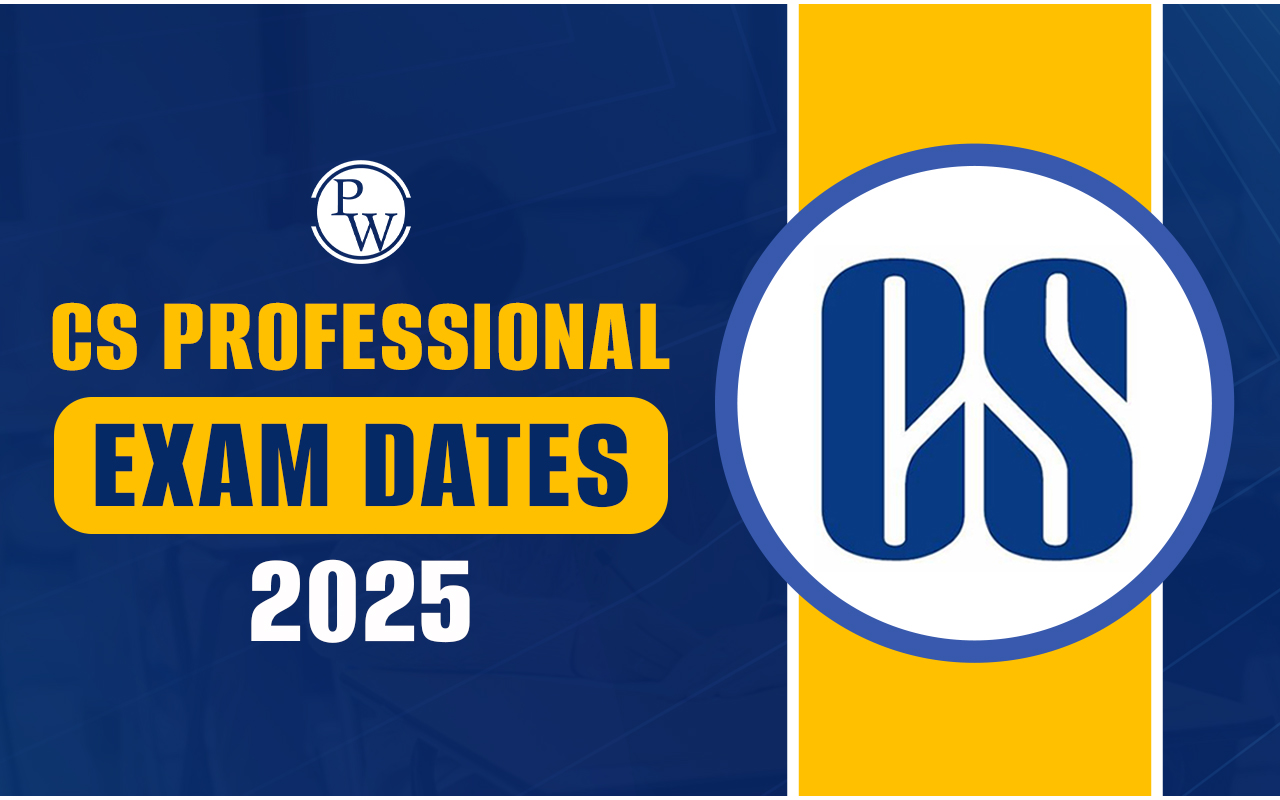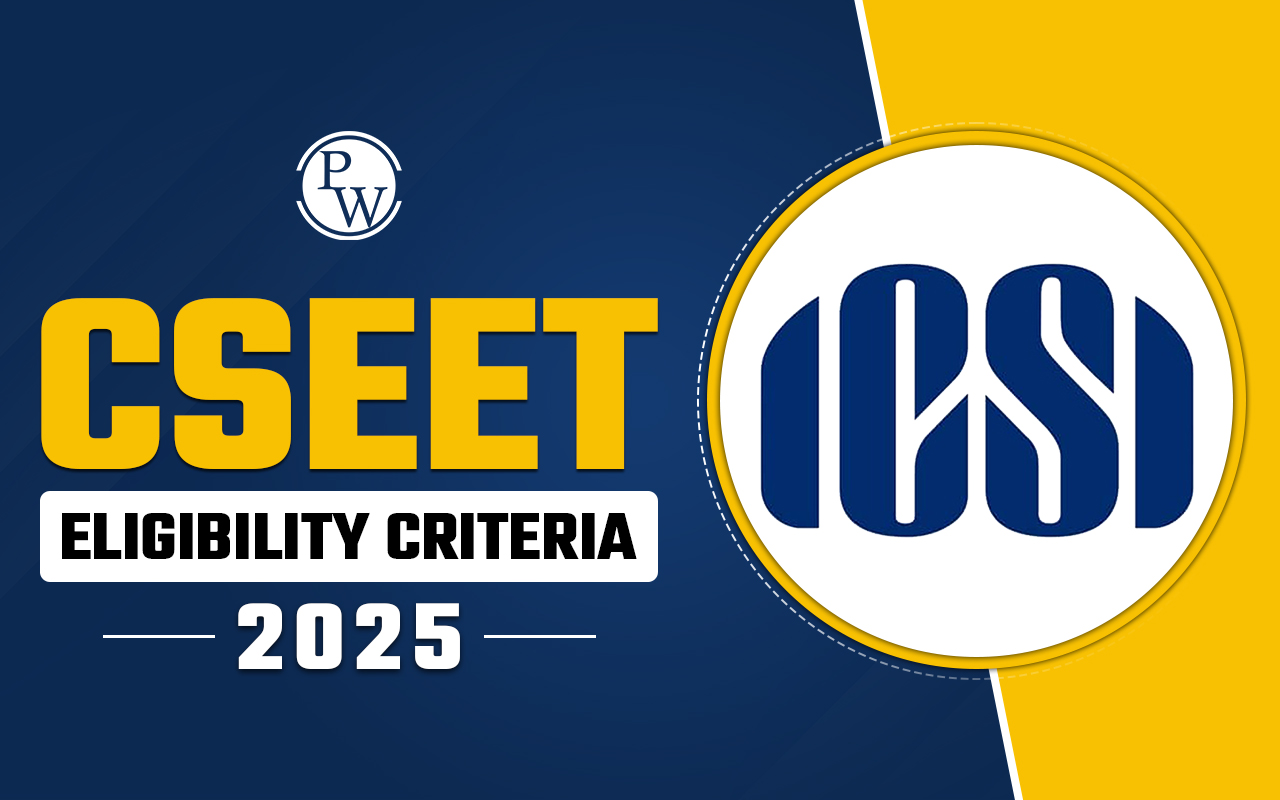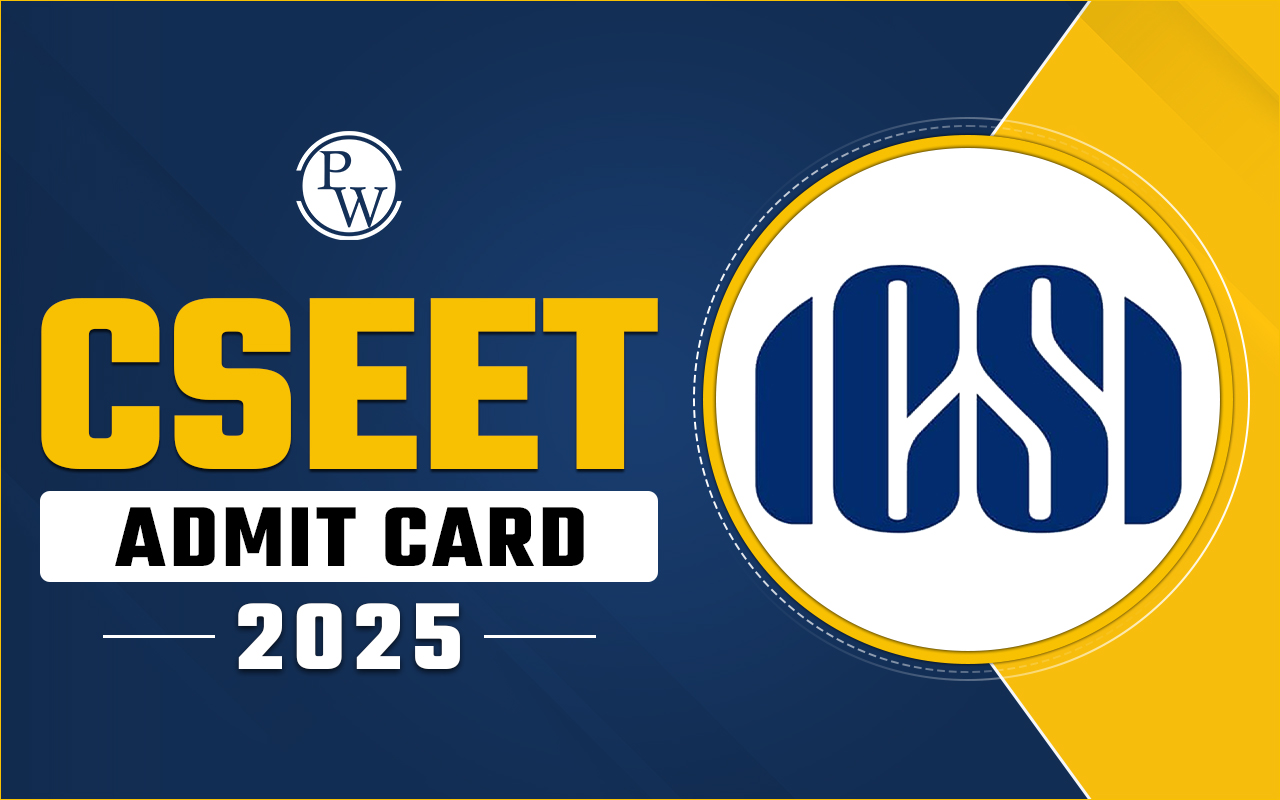
Case-Based Answers Format: For students who are preparing for CS Exams or any other competitive exams, writing answers to case-based questions is very important, especially in law, management, and commerce examinations. These questions test not only subject knowledge but also reasoning, application, and clarity of thought. To answer them effectively, students must adopt a systematic and structured approach.
That is why the case-based answers format CS is mainly suggested. This format helps students in presenting their answers clearly and logically, ensuring that examiners easily understand the reasoning behind the solution. Below, we’ve mentioned the Case-Based Answer Format CS, why it is useful, and how to apply it step by step. Along with that, we will provide examples, tips, and mistakes to avoid.
What Are Case-Based Questions?
Case-based questions are questions framed around a real or hypothetical situation. Instead of directly asking for a definition or theory, they describe a scenario and then ask students to analyze it. These questions demand logical thinking, subject knowledge, and structured writing.
For example:
- In Law, the case may describe a dispute between two parties and ask the student to determine liability.
- In Management, the case may involve a decision-making problem within a company.
- In Commerce, it may describe a business transaction and ask students to identify accounting treatments.
In all these situations, following the Case-Based Answer Format CS helps in writing professional, step-wise legal answers rather than lengthy stories.
Why Use Case-Based Answer Format in CS Exam?
The main purpose of the Case-Based Answer Format CS is to highlight whether the student understands the case question technique and can present the solution logically. Using the Case-Based Answer Format CS, below we’ve mentioned several advantages of the case-based answer format cs:
-
Organised Presentation: Answers should appear systematic and easy to follow.
-
Step-Wise Thinking: Each part of the answer is broken into logical steps.
-
Clarity of Application: Shows how theory is applied to the given facts.
-
Better Scoring: Examiners prefer concise, structured answers over lengthy essays.
-
Time-Saving: Writing in steps avoids unnecessary detail and helps manage time during exams.
Structure of Case-Based Answer Format in CS Exam
The Case-Based Answer Format CS is based on a clear, step-wise pattern. It follows five major steps. We’ve mentioned the 5 main steps:
1. Read and Understand the Case
The first step is carefully reading the case. Identify the main facts and the real issue. If the student misses the issue, their entire answer can go off track. Students should always underline or note down key points while reading.
2. Identify the Issue
The second step in the Case-Based Answer Format CS is identifying the legal issue or the main problem. This is the central question students need to answer. Write it in simple and direct words.
3. State the Relevant Law
Once the issue is clear, write down the principle, rule, or law that applies to the problem. This step shows the students’ understanding of theory. Here, the case question technique plays an important role, as students must connect the problem with the right law.
4. Apply the Law to the Facts
After stating the principle, apply it to the facts given in the case. This is the most important step in the Case-Based Answer Format CS, as it shows that students can connect theory with real-life situations.
5. Conclusion
Finally, write a short conclusion or judgment. This step-wise legal answers method always ends with a direct conclusion that resolves the issue.
Example of Case-Based Answer Format
Case: A shopkeeper takes money from a customer but refuses to deliver goods. The customer files a case.
Answer in Case-Based Answer Format CS:
- Issue: Whether the shopkeeper is liable for refusing to deliver goods after taking money?
- Law: According to the Contract Act, once payment is made, the seller is bound to deliver goods.
- Application: Here, the shopkeeper accepted payment but failed to deliver goods. This amounts to a breach of contract.
- Conclusion: The shopkeeper is liable, and the customer can claim compensation.
This example shows how the Case-Based Answer Format CS makes the answer short, step-wise, and easy to evaluate.
Benefits of Following the Case-Based Answer Format
Below, we’ve mentioned the benefits of following the case-based answers format CS:
Avoids Unnecessary Theory: Writing directly to the point helps students to save time and avoid adding extra details that don’t fetch marks.
Shows Practical Application: Using the case-question technique reflects the ability of students to apply concepts to real-life situations instead of just memorizing.
Keeps Answers Structured: A step-wise format makes students’ answers logical and easy for examiners to evaluate quickly.
Boosts Confidence: Knowing the right structure reduces confusion during exams and helps students present answers with clarity.
Works Across Subjects: This approach is effective in law, commerce, management, and even social sciences, making it universally useful.
Step-Wise Legal Answers
By practicing this method, students will be able to use the Case-Based Answer Format CS naturally in exams. The step-wise legal answers style is essential in exams where case questions appear frequently. Below, we’ve break it down further:
- Facts: Note the main facts given in the case.
- Issue: Frame the issue as a question.
- Law: State the principle, section, or rule.
- Application: Apply the law to the given facts.
- Conclusion: End with a final opinion.
Tips for Writing Better Case-Based Answers
Below, we’ve mentioned the tips for students in writing better case-based answers:
Use the right keywords: Words like “liable”, “valid”, “penalty”, “void”, and “enforceable” impress examiners.
Don’t skip steps: Even if students know the conclusion, always write the provision and application first.
Underline important points: Students should make their answer look neat and structured.
Stay within time: Practice writing concise case-based answers; don’t waste time on unnecessary explanations.
Write in bullet points: Presentation matters. Short, structured answers fetch better marks than long paragraphs.
Common Mistakes Students Make in Case-Based Answers
While answering case-based questions, students often make the following mistakes:
- Writing a general theory without linking it to the facts.
- Forgetting to write a conclusion.
- Writing in a story-like manner instead of step-wise.
- Missing the issue and directly jumping to the law.
- Adding irrelevant points that reduce clarity.
Avoiding these mistakes ensures that the students' Case-Based Answer Format CS answer is strong and complete.
Case-based questions test both knowledge and analytical ability. To answer them effectively, students must follow the Case-Based Answer Format CS. This method is simple, structured, and examiner-friendly. It ensures that their answer has all the key elements: issue, law, application, and conclusion. By practicing the case question technique and writing in step-wise legal answers, students can improve their performance and score higher in exams.
Remember, quality matters more than quantity. A short, structured answer written in the Case-Based Answer Format CS is always better than a long, confusing explanation. So, practice regularly and make this format a habit for all their exams
| Related Links | |
| CSEET | CSEET Registration |
| CSEET Exam Date | CSEET Syllabus |
| CSEET Exam Pattern | CSEET Admit Card |
| CSEET Result | CSEET Preparation |
| CSEET Eligibility Criteria | CSEET Exam Centres |
Case-Based Answers Format FAQs
What is the case-based answer format CS?
Is it necessary to quote section numbers in case-based answers?
How long should a case-based answer be?










